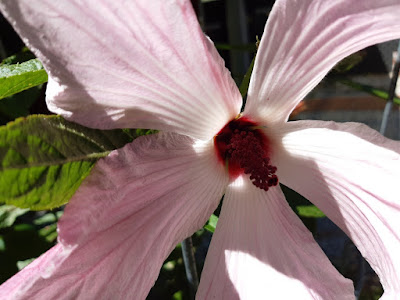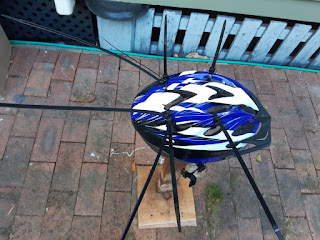This is native bee honey harvested from the hive of the previous post.
The hive produced a total of two jars like this, about 1 kg.
The native bee honey is less viscous than european honey bee honey. The taste is sweet with a citrus tang. Like honey bee honey the taste varies with the plants used to make it. Because the honey matures in pods made from a mixture of wax and resin it has favours and substances contributed from the resin. The antimicrobial activity of Tetragonula carbonaria honey has been measured to be higher than the famous Manuka honey.
It is delicious.























